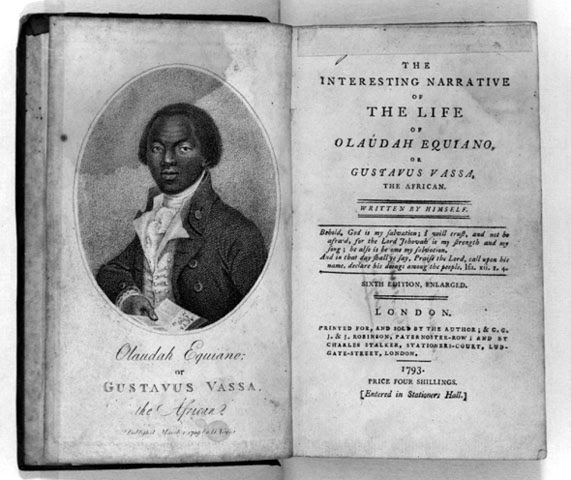Hidden History: Riding House Street
Charles Bell House, 67-73 Riding House Street.
Like many otherwise obscure buildings in the heart of London, the building now known as Charles Bell House has a long pre-history and an anadromatic consistency of cultural significance.

Named after the Professor of Physiology who gave UCL’s inaugural lecture in 1828 it now houses a number of departments in the Medical Sciences Faculty of that college.
However, this is only the most recent of a number of distinctive phases in the life of this venerable plot.
The building fills an entire urban block between Riding House Street and Foley Street in London’s literary Fitzrovia. The ample floor-space and large windows of the structure give testimony to the deliberate purpose of its architects who were tasked with creating an extension to the (sadly missed) Royal Middlesex Hospital’s Institute of Biochemistry.
The ‘Courtauld Institute of Biochemistry’ was opened by the immortal philanthropist and collector Samuel Augustine Courtauld, in 1928, the foundation stone having been laid on 20 July 1927. Courtauld also endowed a Chair of Biochemistry at the Hospital. Notable researchers working on or near this site included Frank Dickens FRS, Edward Charles Dodds FRS and Sir Brian Wellingham Windeyer FRCS. These men were all involved in early, serious and valuable research in the the causes, affects and amelioration of cancer.


The Middlesex hospital, before its closure in 2005, had a history of charitable provision of medical treatment to the poor of London’s West End reaching back to its foundation on Windmill Street in 1745.





